Máximo’s Dominican Sancocho With Chicken & Pork
- February 2021
- By Máximo Taveras Recio
- Recipe from Dominican Republic
-
- (1)
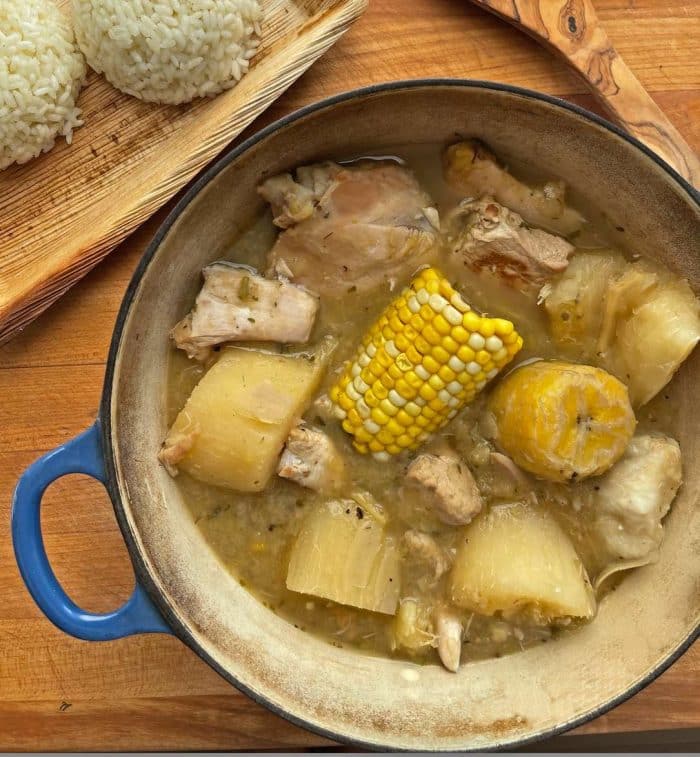
In the Dominican Republic, ”we make sancocho for big parties and especially at Christmas. Our grandmothers and mothers are the experts in making sancocho. From them, we learned to do it,’ says Máximo Taveras Recio, the family sancocho maker.
”We Dominicans are very proud to have sancocho as a flagship dish of nuestra cocina. It is a dish that comes from el campo—and el plato típico de Santo Domingo, par excellence,” Máximo says.
”Sancocho is accompanied with white rice. In other words, the rice is cooked separately. It is served on a separate plate, usually at lunchtime. Every cook has their own way. I make mine with chicken, or pork. Sometimes both. I like to have fun while I cook. This is how a sancocho is made: drinking and enjoying while cooking.”
A Short History of Sancocho
The first bowl of this stew-soup may have first been served in Canary Islands. It evolved into the viandas-and-carne fest it is today following the Spanish colonization of Latin American and the Caribbean. Dominican sanchoco is connected to the tragedy of slavery. The landowners’ discarded animal parts and vegetable scraps found their way into servants’ soup pots. Enslaved cooks turned their food garbage into a festive, nourishing stew that reminded them of how they ate in Africa. It is delicious.
For more authentic Dominican dishes, check out these recipes by some of our favorite D.R. cooks: Rose’s Dominican chuletas or pork chops with arroz con gandules (rice and pigeon peas), Belqui’s arepitas de yuca, Belqui’s Dominican rice and beans, Rose’s mangú con los three (actually dos) golpes, and a delicious flancocho made with Dominican chocolate cake!
And for another family’s take on sancocho, try this version with oxtail and chicken by Juviza Rodriguez, a buenísima cocinera of Dominican heritage.
Ready to make Máximo’s family-famous Dominican sancocho ?
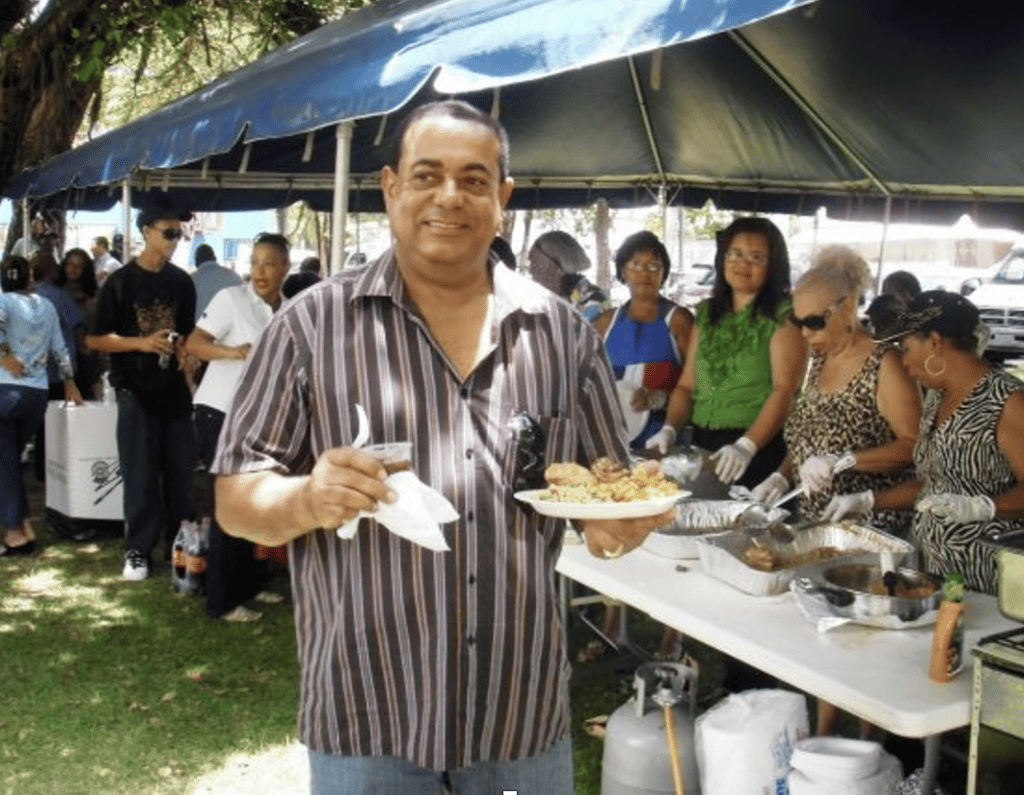
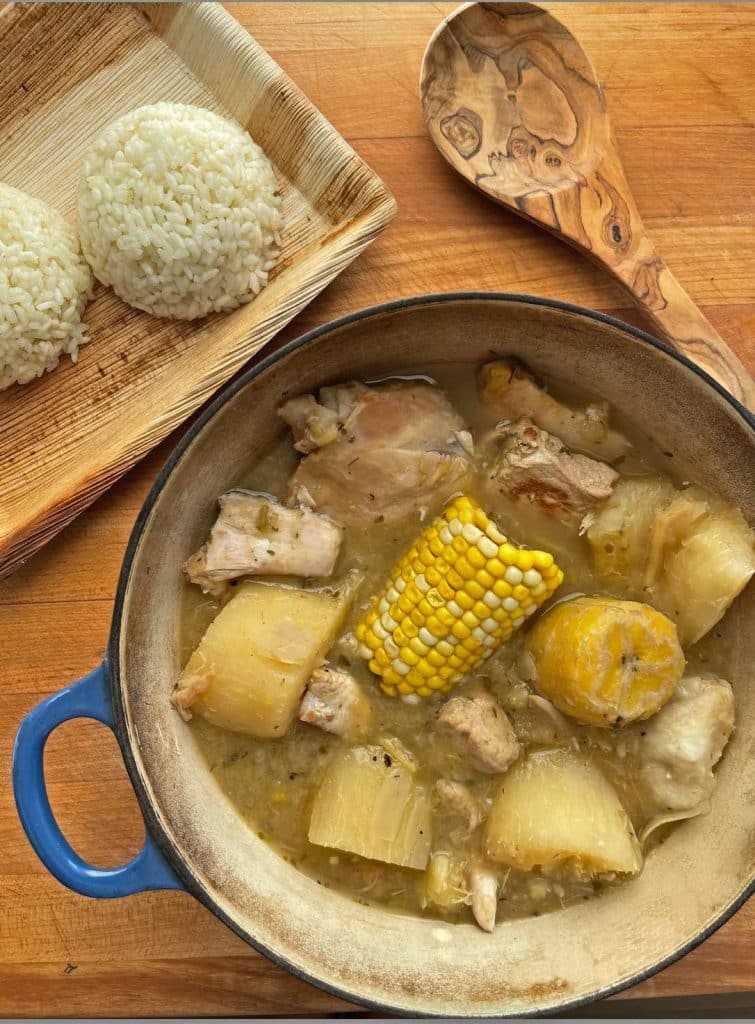
Like This

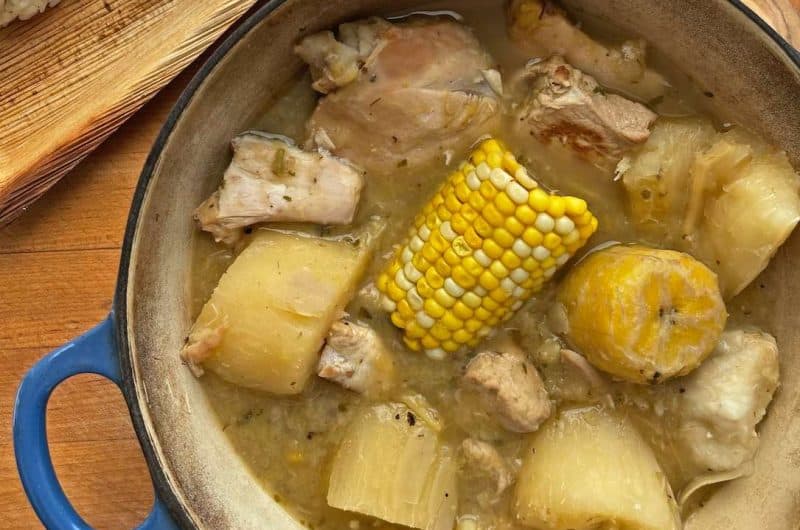

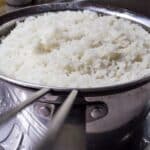
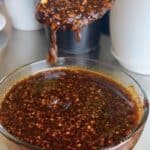
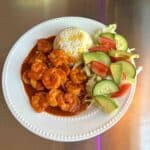
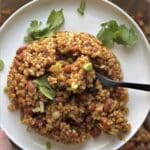
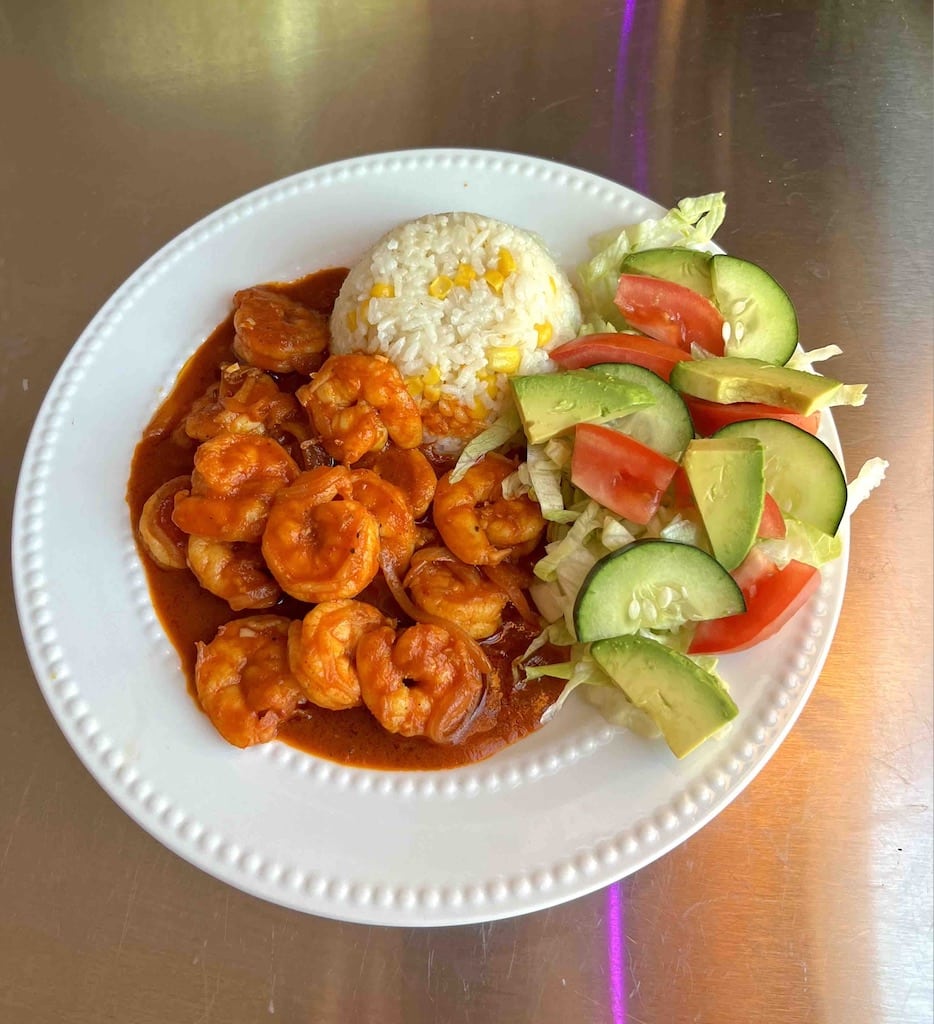
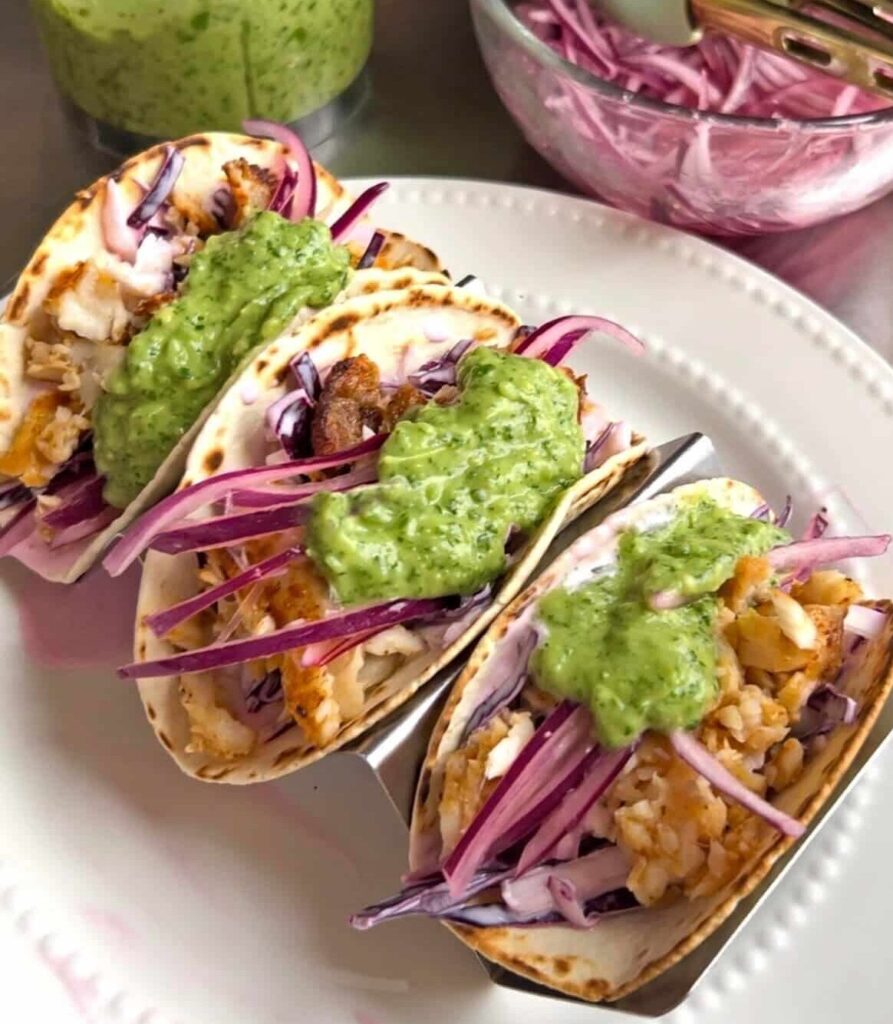
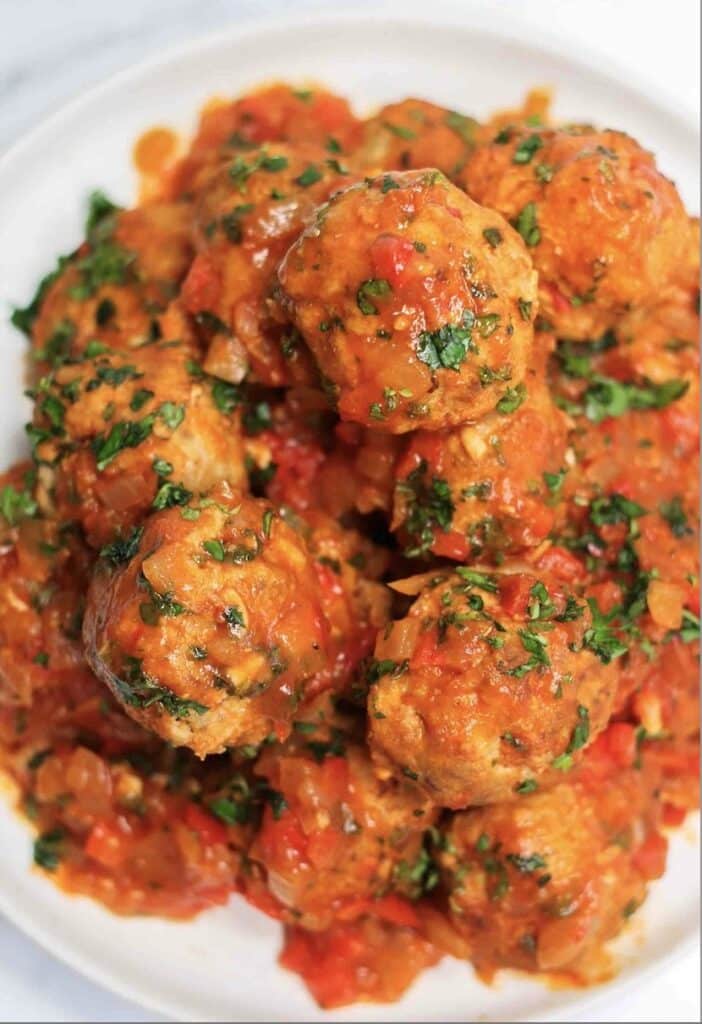
Got a question or suggestion?
Please rate this recipe and leave any tips, substitutions, or Qs you have!